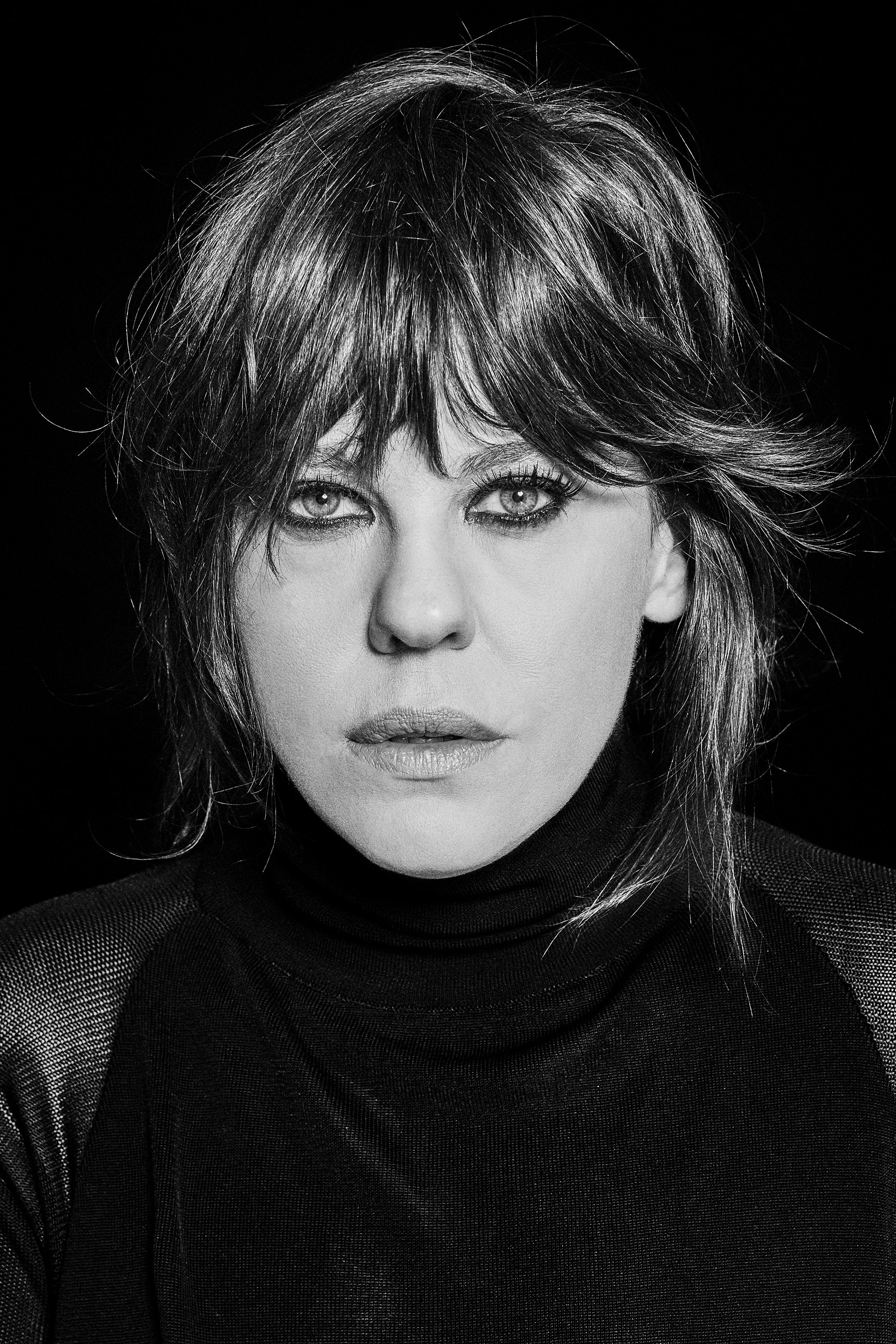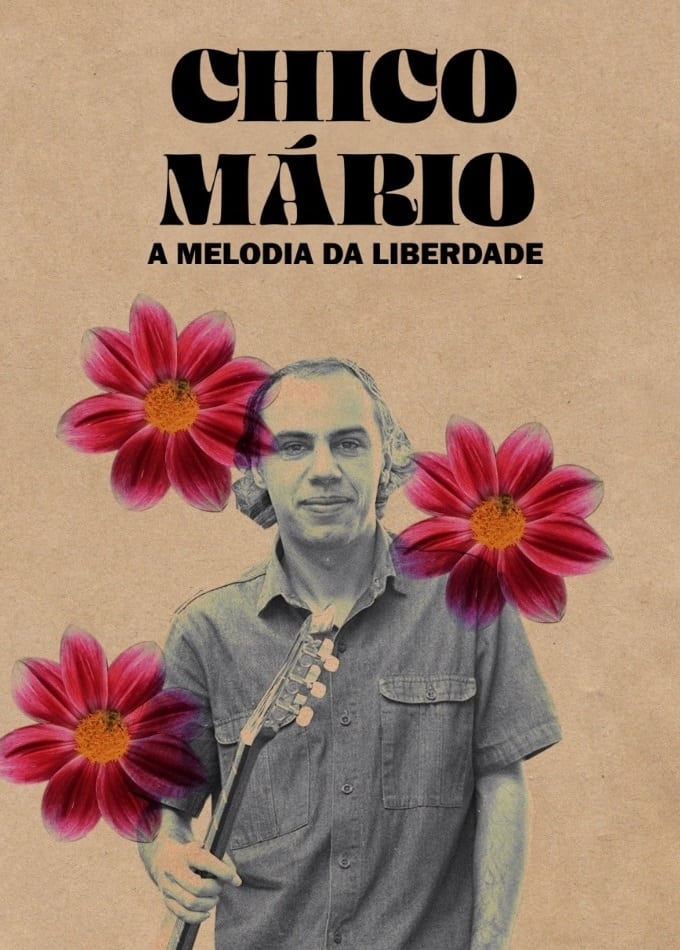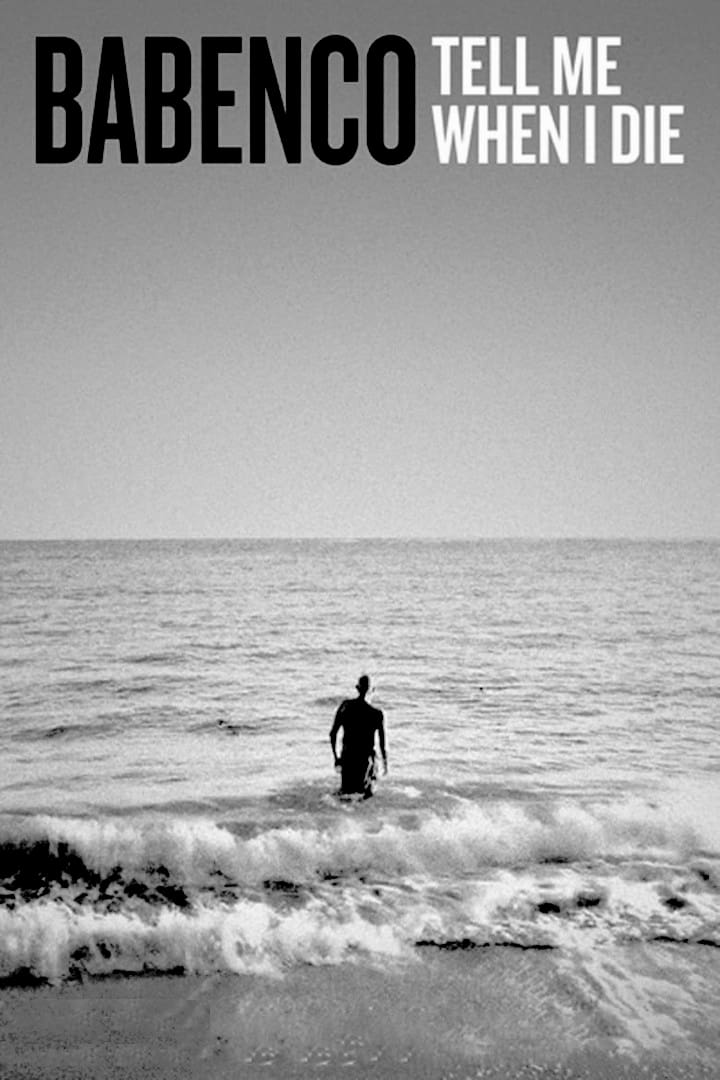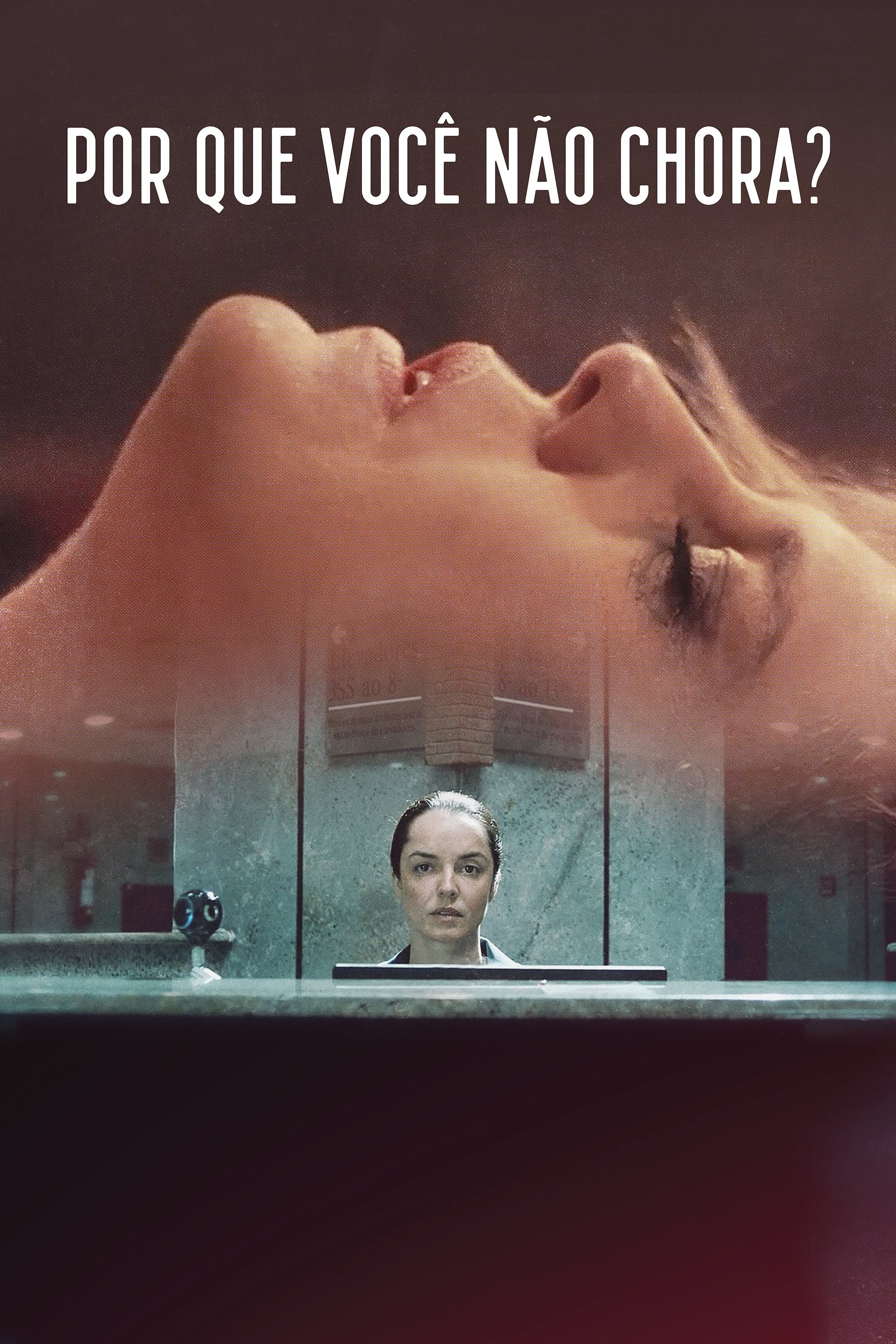

Bárbara Paz is a Brazilian non-binary actress , director and producer. Biography Bárbara Raquel Paz was born in Campo Bom , in the Metropolitan Region of Porto Alegre. The youngest of four sisters, at the age of six she lost her father, who was a politician in the city. Her mother had consequences after giving birth to Bárbara and died after seventeen years on hemodialysis . At the age of nine, Bárbara started working, as her father's death caused the family to experience financial difficulties. She started painting plaster sculptures and selling them in the town square, to help buy medicine for her mother. As a teenager, she decided to get her work permit and started working in a shoe factory, where she stayed for two months. She went back to studying in the morning and working in the afternoon, this time in a boutique, where she stayed for two years. She then joined an advertising agency , where she did her first modeling jobs . After her mother's death in May 1992, Bárbara found herself alone. Only she and her mother lived in the small house, as her sisters had already gotten married. Suffering with memories at home, she didn't want to stay there alone, and in her city there were no prospects for a good future. The following month, she took the money she had saved, and went to live in São Paulo , with some friends, willing to share the rent on an apartment, and try a career in modeling or acting. As soon as she arrived in the city, she got a job as a secretary at a university and took an acting course at the Macunaíma Theater School. Looking for a job in the fashion area, after passing the photography and runway tests, she managed to get agencies to give her some placements, and she modeled for magazines, participated in fashion editorials and exhibition fairs. In December of the same year, six months after arriving in the capital of São Paulo, he traveled south to spend the end of the year festivities. On Christmas Day, Bárbara and some friends were in a serious car accident after drinking. They hit a tree shortly after leaving the house where they were gathered. She had a major facial trauma that required 400 stitches . Afterwards, she returned to São Paulo but, with the scars left by the accident, she abandoned her modeling career and locked herself up at home. After recovering, she would resume her career. She then decided to study theater at the Antunes Filho Theater Research Center and from there she joined the group Parlapatões

The series tells the story of the São Paulo International...

Younger brother of Henfil and Betinho, Chico Mário became a...

Besieged by cancer and nearing the end, the genius Argentine-Brazilian...

Strong and feminine, "Why don't you cry?" addresses the delicate...

After her marriage becomes a nightmare, the humble small town...